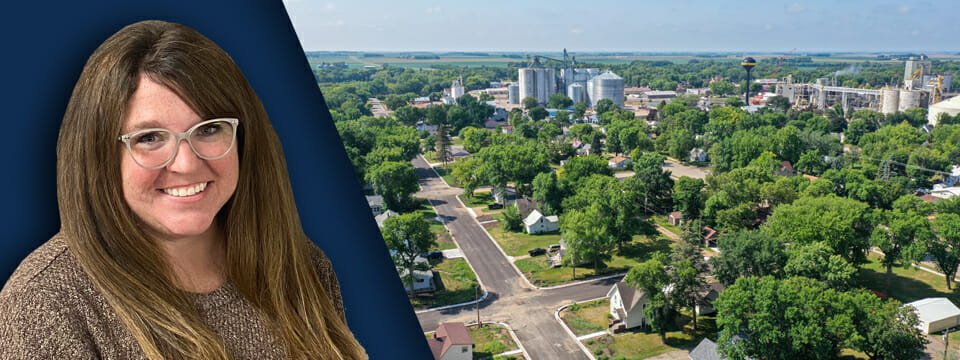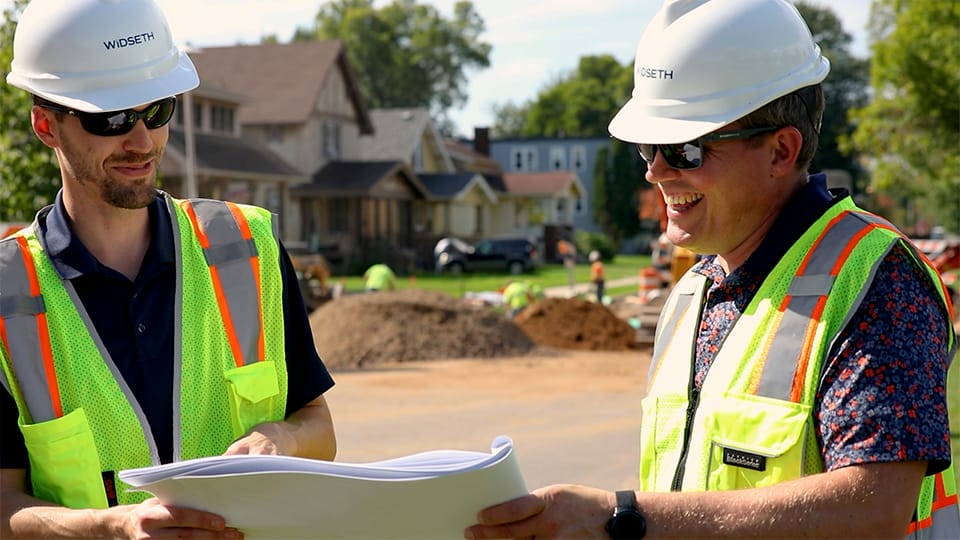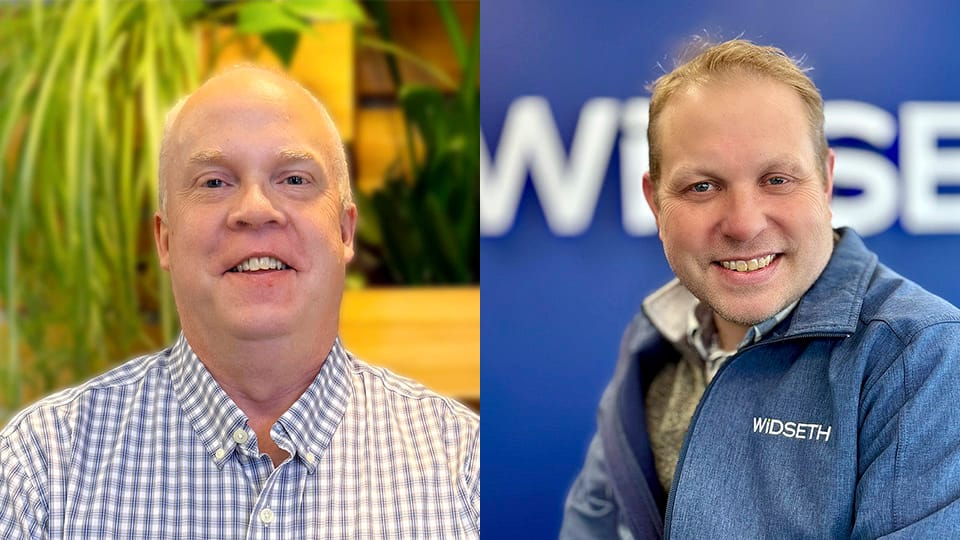Jill Kemen is the City Clerk for Dawson, a small community in western Minnesota. Like many small cities across the country, Dawson is facing many challenges related to its infrastructure. We recently sat down with Jill and asked her five questions about how Dawson is addressing its challenges and what advice she has for cities in a similar situation.
What are some challenges the City of Dawson has faced recently with its infrastructure?
Dawson, like many small cities, pushed projects off due to infrastructure costs. Because of this, our city has seen multiple water main breaks, terrible potholes, and deteriorating street conditions. The city had continual issues with infiltration of water into its sanitary sewer system. Clay tile is collapsing in places and is at the end of its useful life. There is settling in the middle of our streets. Multiple tree roots have caused backup issues for homeowners. Government compliance is another issue, which puts extra pressure on small cities to get up to code.
What projects are in the works to address these challenges?
The city is currently finishing phase one of three in our complete infrastructure upgrade. Currently completed and in service is a new 250,000-gallon water tower. New water, sewer and storm sewer, new curb and gutter, and new streets north of our railroad tracks will be completed soon. The remainder of the city will receive similar upgrades in the future. New Safe Routes to School, redesign of our railroad crossings at 5th and 6th Streets, new infrastructure for growth at the east end of our community, water meter upgrades, lift station improvements, water treatment plant improvements, and water looping are future projects as well.
How will these projects benefit Dawson residents?
Dawson residents will benefit from better water quality, safer streets to travel and walk on, reduced maintenance cost for street repair, fewer water main breaks, and less water outages. Staffing time could be better spent planning and preparing for growth rather than spending time and money on temporary solutions. Some residents may see better water pressure with the new lines and larger tower, less colored water due to rusty pipes, improved stormwater run-off, and consistent street widths. New infrastructure will help modernize the aesthetics of the city with curb and gutter and new standard size streets.
What has your experience been like working with Widseth?
Small cities do not have the time or staffing to evaluate the best way to address aging and failing infrastructure. Widseth knows how to correct the problems and complete all the pre-construction steps necessary to bring the project to reality. This company is multi-faceted from engineering, financing, and legality. They really care about helping communities and doing what is best for each individual community. Their approach is top-notch. Working side by side with experts like Jeff Kuhn and Larry Van Hout give you confidence in knowing you have the right engineering firm. Widseth is very available throughout the day and is always prompt to answer questions and return messages. They communicate in a manner that makes things understandable.
What advice do you have for other cities?
A solid working foundation with experts, like Widseth, is key to moving your project along. Remind yourself that doing nothing is not an option. It is more cost-effective to go through a complete project rather than patching and fixing issues as they come up. Widseth has the ability to help cities look for additional funding for projects like they did for Dawson. Projects bring out many difficult decisions made easier by having Widseth in your corner.




